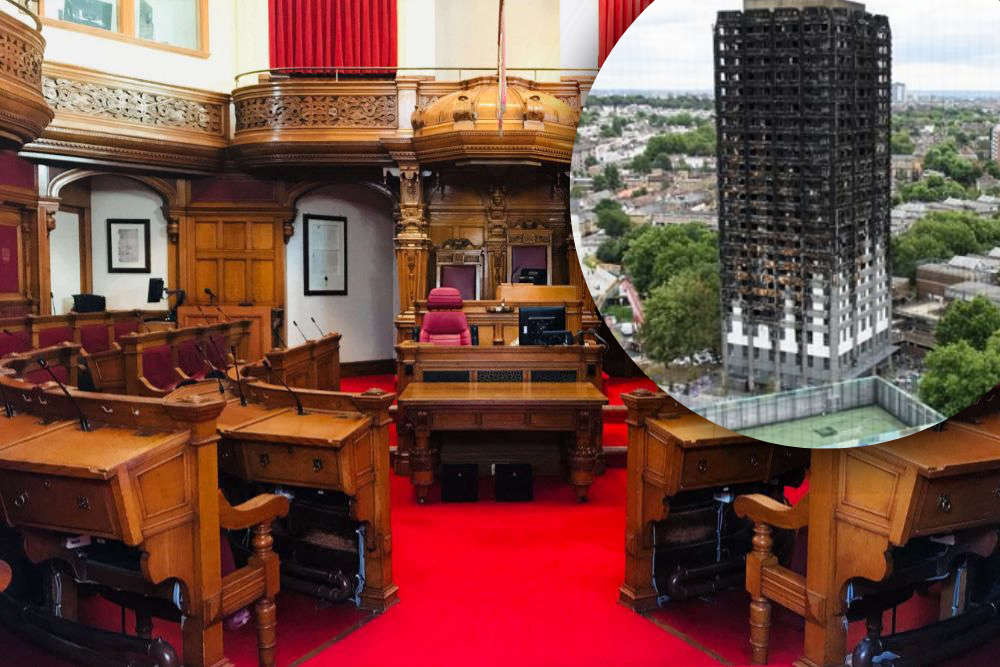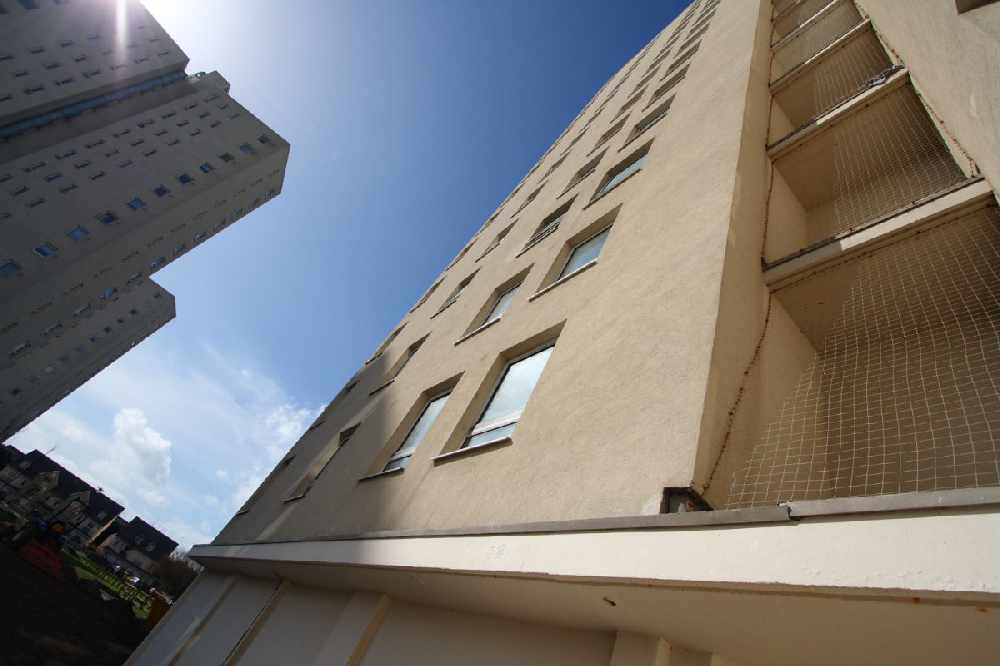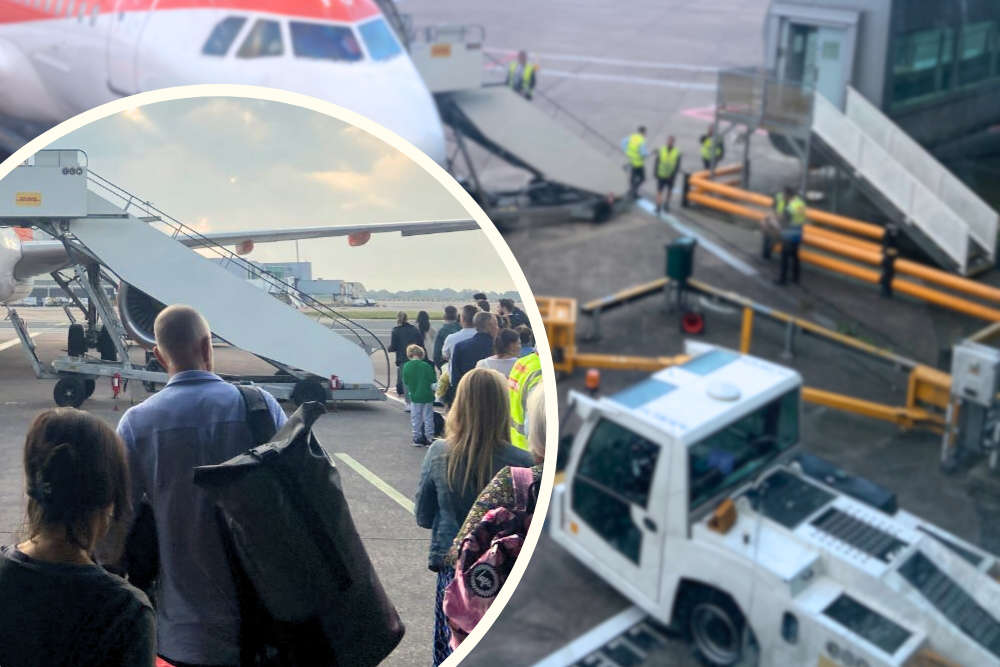
Jersey's government wants to adopt some of the recommendations made in the Grenfell Tower Phase One report to improve the fire safety of tall blocks of flats.
It is part of the Home Affairs department's consultation on its proposals to introduce more regulations in Jersey.
They include recommendations from the Grenfell Tower report, which aims to maintain and improve safety for people living in tall blocks of flats.
Grenfell Tower was a 24-storey block of flats in London, where 72 people died in a fire which happened in 2017.
Deputy Mary Le Hegarat, Minister for Justice and Home Affairs, says that thankfully, no similar fires have occurred in Jersey, but that does not mean the government should not seek to make the places where so many islanders live as safe as possible.
"Throughout this work, it has been clear that fire safety responsibilities are taken very seriously.
"Approximately 19 per cent of Jersey’s tall residential buildings are estimated to be closely meeting the English regulatory requirements, with some others partially achieving them."

The regulations here will follow similar rules set in England in January 2023.
However, since the introduction of the English regulations, Jersey’s Fire and Rescue Service has been working closely with local property managers and building owner groups to implement the requirements voluntarily in their buildings.
Deputy Le Hegarat continues:
"Throughout this work, it has been clear that fire safety responsibilities are taken very seriously.
"Approximately 19 per cent of Jersey’s tall residential buildings are estimated to be closely meeting the English regulatory requirements, with some others partially achieving them.
"However, the fact that the requirements are currently voluntary risks investment and time being de-prioritised in favour of other areas."

In Jersey, a 'tall residential building' is classed as:
- More than 11 metres tall,
- More than two residential dwellings (typically flats),
- Contains common parts through which residents evacuate in the case of an emergency (typically shared corridors and stairways).
Usually, it refers to apartments spanning more than five storeys, and in some cases, more than four storeys.
However, the government believes Jersey’s tall residential buildings as a group are now at risk of falling behind similar buildings in England in three areas:
- The frequency of routine checks taking place on key fire safety features such as self-closing fire doors, fire service lifts, dry risers and smoke control systems and the resolution of any issues.
- The provision of fire safety instructions to residents.
- The quality of building information provided to the Fire Service helps them tackle fires in tall residential buildings where the risk and complexity can be higher.
States of Jersey Fire and Rescue Service Area Commander, Jason Masterman, says that, as firefighters, their top priority is keeping islanders safe, especially in the places they call home.
"The proposed fire safety regulations for tall residential buildings are a vital step toward that goal.
"They will ensure key safety features, like self-closing fire doors, smoke control systems, and fire service lifts, are regularly checked and maintained.
"Residents will also receive clear fire safety information, and our crews will have access to simple, accurate building floor plans and signposting to help them respond more effectively in emergencies."


 New website helps children and families navigate the digital world
New website helps children and families navigate the digital world
 More time in Jersey for French day-trippers
More time in Jersey for French day-trippers
 Rapist jailed more than two decades after his crime
Rapist jailed more than two decades after his crime
 Jersey Airport to see 20,000 passengers in the run up to Christmas
Jersey Airport to see 20,000 passengers in the run up to Christmas
 Both winning CI Christmas Lottery Tickets sold in Jersey
Both winning CI Christmas Lottery Tickets sold in Jersey
 Jersey churches host free Christmas events in the Royal Square
Jersey churches host free Christmas events in the Royal Square
 Support service set up for carers of people with mental illness
Support service set up for carers of people with mental illness
 New Jersey Opera House CEO appointed
New Jersey Opera House CEO appointed

